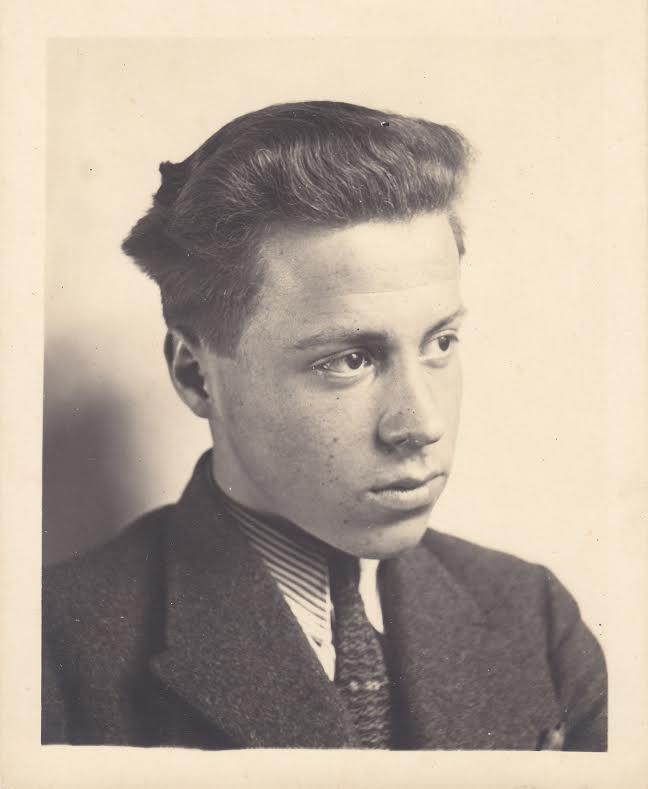
Slovenia was a relative latecomer to film. In fact, the first feature-length movie in Slovenia was not made until 1931. The period after World War II, however, saw a veritable golden age of financially successful film releases and co-productions. The movie renaissance was, in large part, the work of an unlikely man named Branimir Tuma.
Tuma, who was born into a wealthy family, had owned a chemical and pharmaceutical company in the 1930s. During World War II, he helped the Partisan residence by making counterfeit documents.
In 1952, Tuma was named the head of Triglav Film, Slovenia’s leading movie studio. In a period of just a few years, he greatly expanded the company and helped to create the Slovenian film industry. After a postwar period of Social Realism and a prevalence of Russian imports, Triglav Film under Tuma’s leadership tripled its output and began to produce movies that were genuinely popular. He brought in a Czech director named František Čáp, who was happy to share his extensive technical know-how with his Slovenian counterparts and brought a touch of cosmopolitan glamor to filmmaking in Slovenia.
A key part of Tuma’s plans consisted of co-productions with Western countries. They were welcomed by the Communist authorities as a source of hard currency, which was sorely needed at the time. The coastal town of Piran became particularly well-known as a filmmaking center. It provided not just an extraordinarily scenic Mediterranean backdrop for feature films, but was also close to Western Europe and had a large supply of skilled technical personnel. Extras weren’t difficult to find either, as high school students were given a week off if they were cast in a film. Eventually, even a school for stuntmen was opened in town.
Thanks to Tuna’s pioneering work, internationally famous personalities such as Marcello Mastroianni, James Mason, James Coburn, Yves Montand, George Hamilton, Peter Ustinov, Sam Peckinpah, Klaus Kinski, Simone Signoret, Alida Valli, Senta Berger, Alberto Sordi, and many others came to film in Piran. For much of the 1950s and into the ‘60s, the town became known as Slovenia’s Hollywood.
The golden age of Slovenian co-productions ended in the late 1960s and Tuma died in 1991, but his pioneering legacy lives on in the form of a Slovenian film tradition whose recent output has begun to attract international acclaim.


































































